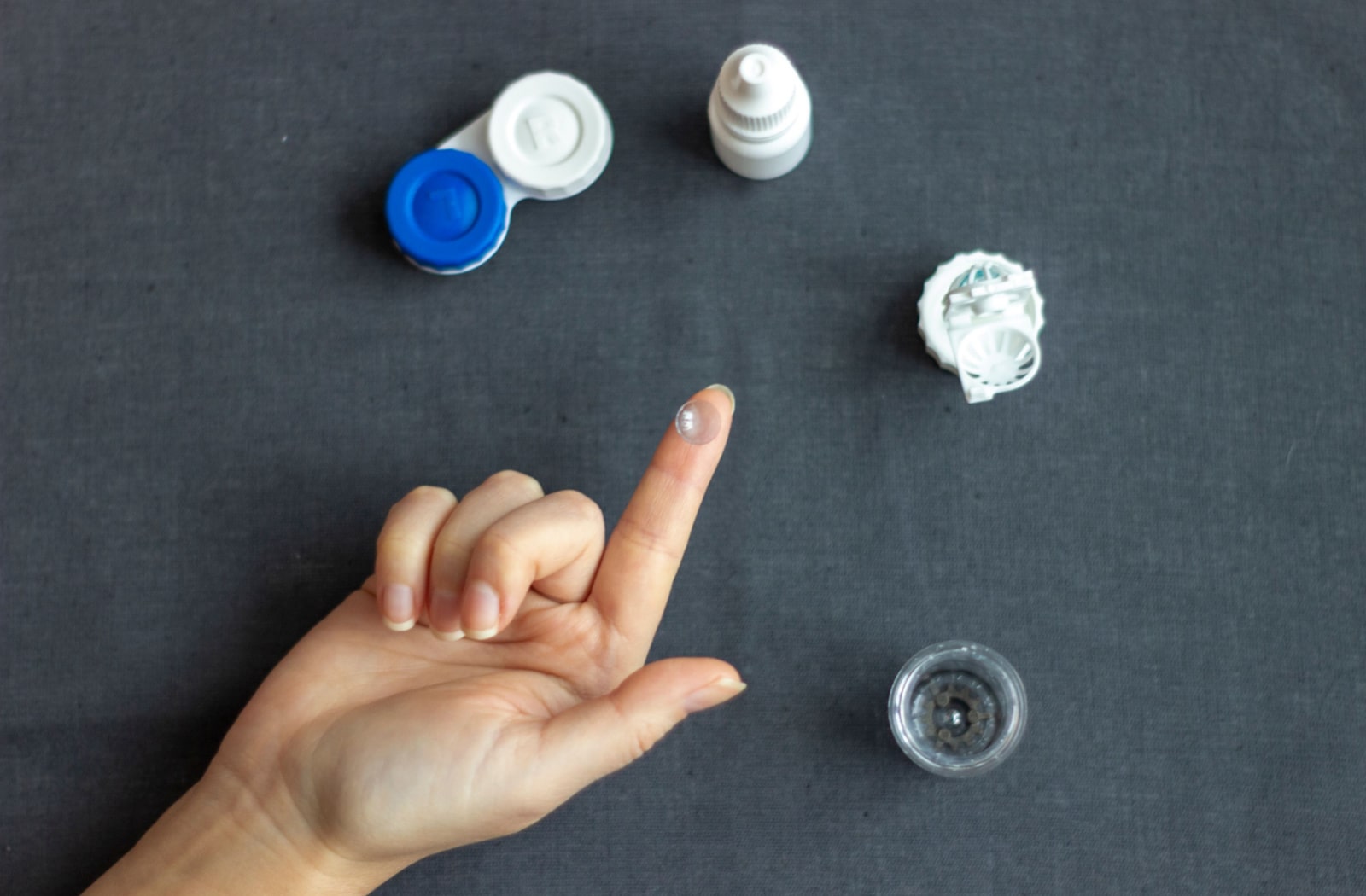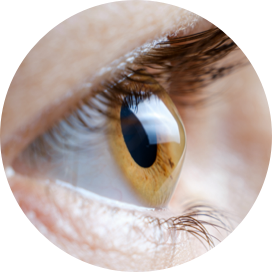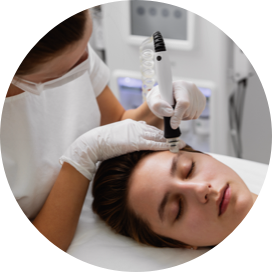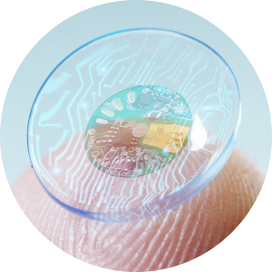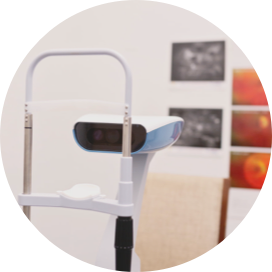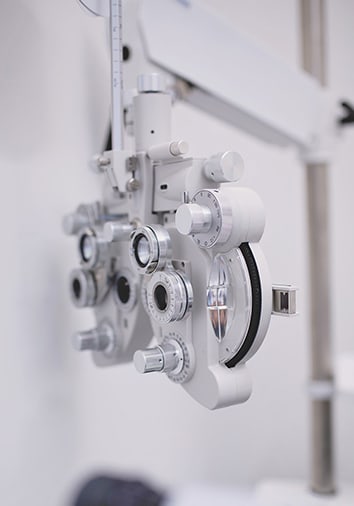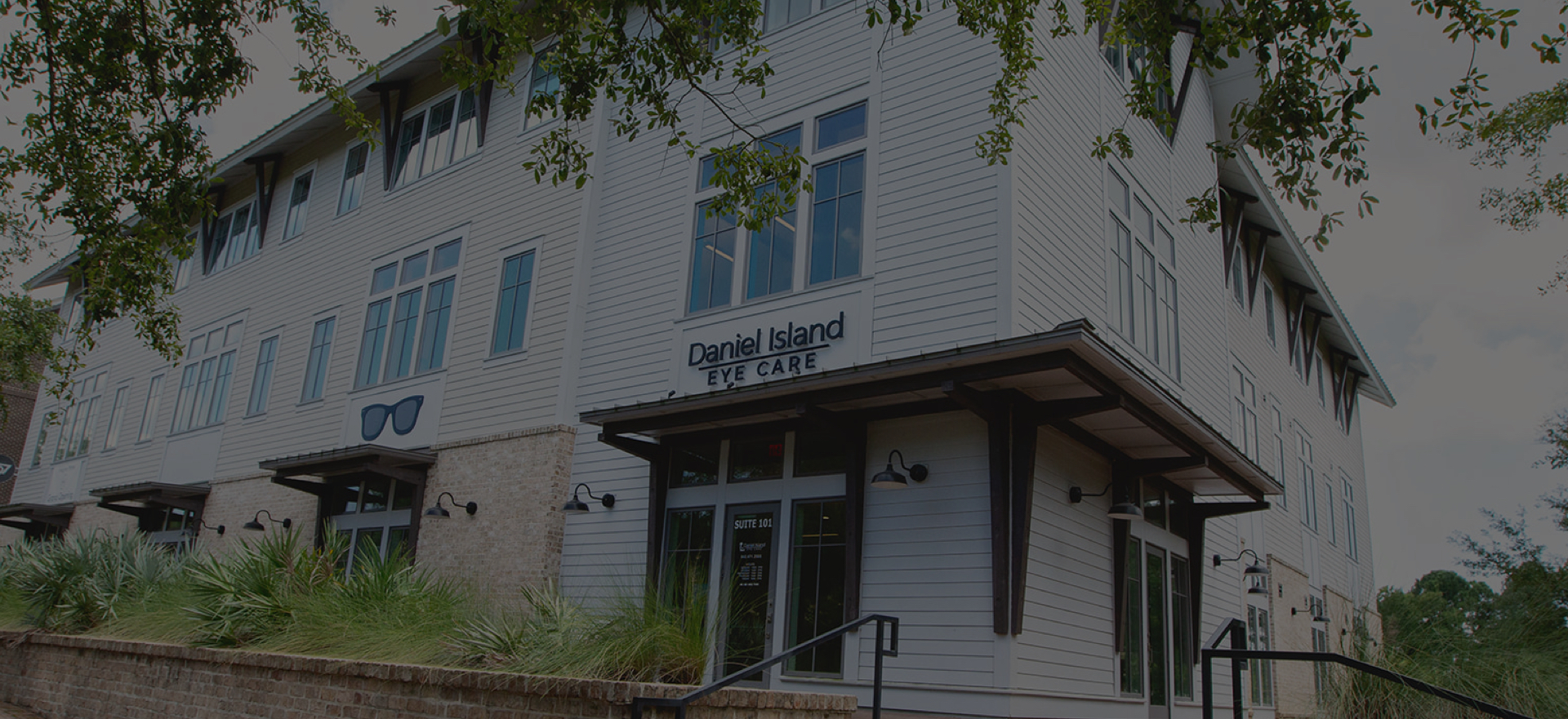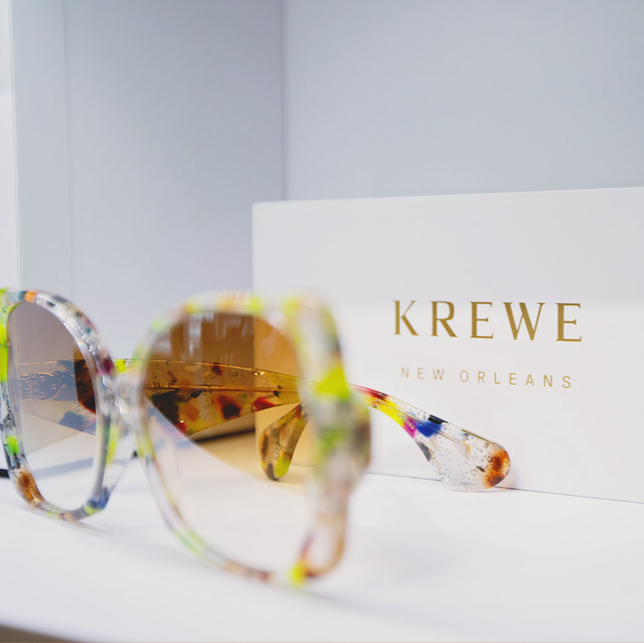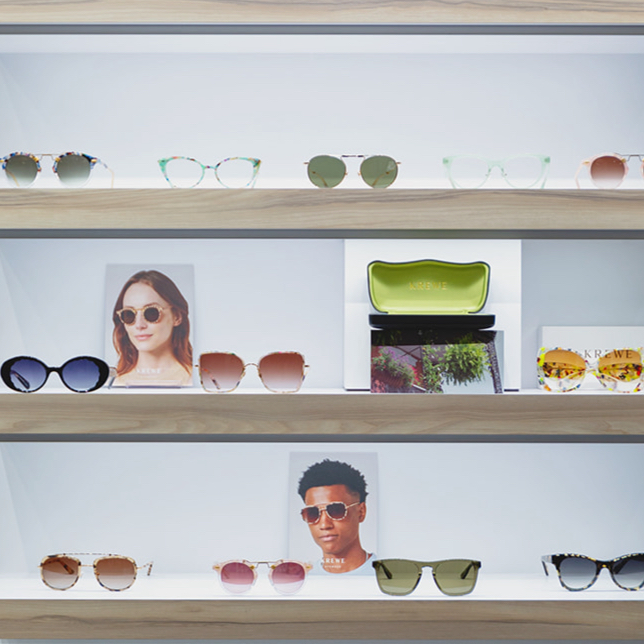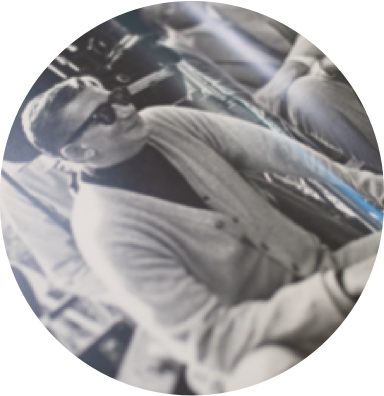If you’ve been navigating the world of vision health for your child, you may have come across a lot of talk about myopia and the different ways to manage it. The stress of finding the right solution can take over a lot of your mental energy. But there’s a potential solution that may surprise you.
Ortho-k lenses are worn overnight to gently reshape the eye and can be used to slow myopia’s progression in children. This can be a game-changer for many parents and their kids.
What Is Myopia?
Remember when your kiddo could spot a ladybug from across the backyard? But lately, maybe they’re squinting just to see the TV. If this sounds familiar, you’re likely dealing with myopia, also known as nearsightedness.
Myopia is more than a fancy word for needing glasses to see distant objects. It’s a common condition that affects nearly 30% of Americans, with some estimates saying as much as 50% of the world will be myopic by 2050.
Myopia happens when the eyeball has grown too long, or the cornea is too curved. This causes light to focus in front of your retina, the layer of photoreactive cells at the back of your eye. Normally, light lands directly on the retina, giving us a clear image. With myopia, distant objects look blurry while nearby objects remain clear.
It typically first appears in young children and can worsen as their eyes grow, typically stabilizing around age 20. We need to catch it early because ignoring myopia is like ignoring a leaky faucet. Over time, it can lead to more serious issues like:
- Cataracts
- Glaucoma
- Retinal detachment
- Myopic macular degeneration
Scary stuff, we know, but knowledge is power—and power is what we need to safeguard those eyes.
How Do Ortho-K Lenses Work?
Ortho-k is short for orthokeratology, a type of corneal reshaping treatment. It does exactly what it says on the tin: it reshapes the cornea. Ortho-k lenses are worn overnight and apply gentle pressure to flatten the cornea. This can change how light focuses through the eye, offering clear vision while your child dreams.
Normally, you don’t want to wear contacts to bed. However, ortho-k lenses are gas-permeable, helping eyes stay comfortable as they do their work.
This flattening isn’t permanent. It typically lasts about a day, so the lenses must be worn every night to maintain the effect.
Does Ortho-K Slow Myopia Progression?
What sets ortho-k apart isn’t simply that they can give your child clear vision all day long. These lenses can also help control myopia progression!
How is that possible? Myopia tends to progress rapidly in school-aged children, affecting their learning and growth. Ortho-k lenses signal the eyes to stop growing, naturally slowing nearsightedness to a crawl. Some studies even show that ortho-k lenses can reduce myopia progression by up to 56% compared to eyeglasses.
As a result, your child’s prescription might only change minimally while wearing these lenses. That can mean clear vision now and less myopia in your child’s future.
Benefits of Ortho-K Lenses
Ortho-k lenses are a popular myopia control method, and it can be easy to see why. First off, they’re non-invasive. There’s no surgery or scary procedures.
And here’s a comforting thought: if your child decides to stop using ortho-k lenses, the effects aren’t permanent. Their eyes should gradually return to their original shape, like a memory foam pillow fluffing back up after you get up. This reversibility gives you peace of mind to try them without fretting over a long-term commitment.
One might wonder, “Will my child really sleep with something in their eyes?” That’s a fair question! But most wearers adapt to sleeping in contact lenses fairly quickly, especially since they’re good at letting oxygen reach the eye.
And for the active kiddos who are always on the move—whether it’s soccer, swimming, or just some good ol’ playground antics—ortho-k lenses mean there’s no hassle with glasses falling off or contacts getting dry and uncomfortable. Instead, it’s life with zero interruptions.
Are Ortho-K Lenses for Everyone?
Now, don’t jump into the ortho-k pond without dipping a toe in first. Myopia control plans need to be tailored to your child’s needs. Your eye care professional needs to check factors like the severity of myopia, the shape of the eye, and overall eye health to see if your child is a good candidate.
Ortho-k lenses also take a level of discipline to get the full effect. Your child needs to wear them every night, and that takes dedication. And let’s talk safety. Just like any contact lens, ortho-k lenses need to be cared for. Cleanliness, proper storage, and regular check-ins are a must to help keep those eyes healthy and happy while using ortho-k lenses.
Explore Myopia Control with Ortho-K
Ortho-k lenses could be the sidekick you never knew you needed in the quest to manage your child’s myopia, providing the clearer path you’ve been searching for.
If you’re interested in exploring this option, book an appointment with Daniel Island Eye Care. Start the conversation today, and let’s discover if your child can step into a world of clearer, glasses-free days.

